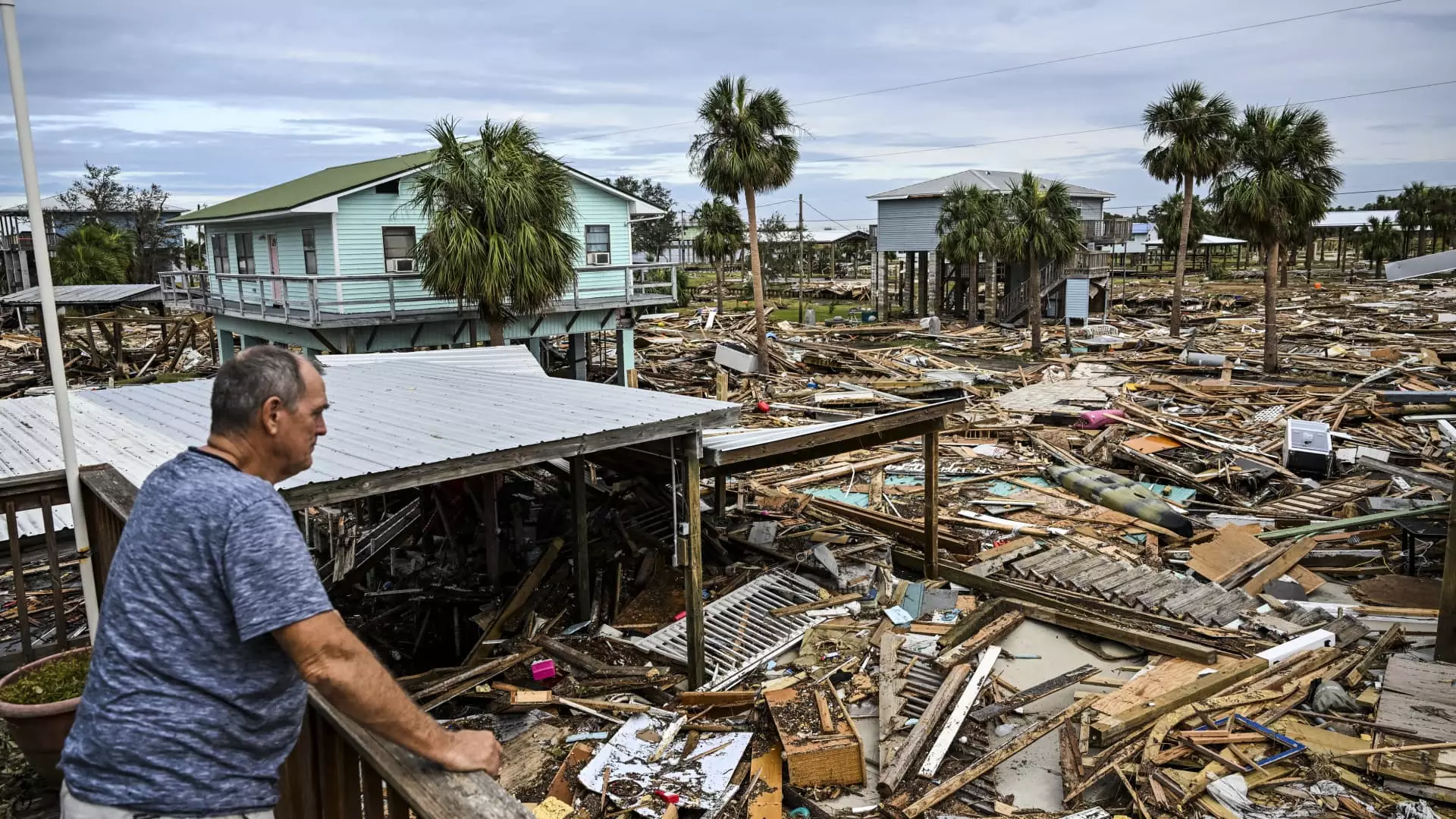Natural disasters can strike unexpectedly, leaving devastation in their wake. Following events such as hurricanes, floods, or wildfires, it is essential for homeowners to grasp the complexities of filing an insurance claim. With staggering estimates, like the $6 billion in losses from Hurricane Helene, the urgency of addressing insurance claims becomes unmistakable. In addition, with forecasters warning of unprecedented storms, like Hurricane Milton, it is vital to know the steps to take when disaster strikes. This article will outline the essential steps for effectively filing a homeowners insurance claim and maximizing the chances of a successful recovery.
When a natural disaster occurs, the immediate priority should be the safety of those affected. Only once individuals are out of danger should they turn their attention toward initiating the insurance claims process. Experts agree that acting quickly can make a significant difference. Shannon Martin, a licensed insurance agent, emphasizes the relationship between claim timing and the availability of adjusters: claims are assigned on a first-come, first-serve basis. Delaying your report can not only hinder the approval process but also elongate the timeline for receiving necessary funds to begin repairs.
Insurance companies often find themselves inundated with claims following a disaster, leading to potential bottlenecks. Jeremy Porter from the First Street Foundation warns that waiting to file a claim could make it challenging to push through the approval process amid the high demand for the insurer’s assistance. Therefore, homeowners must act swiftly to ensure their claim is processed as efficiently as possible.
One of the most effective ways to ensure a smooth claims process is to prepare beforehand. This involves keeping a disaster preparedness kit that includes copies of insurance policies and crucial contact numbers. When nature unleashes its wrath, homeowners who have these resources readily available can initiate the claims process from anywhere—whether they are safe in a neighboring city or sheltering in place.
After a disaster, the first action should be to communicate with the insurance company. Insurers will need to know the extent of the damage, which is especially essential for homeowners who have evacuated. If homeowners decide to stay during the calamity, their first responsibility is to mitigate further damage to the property. Martin points out that many insurance policies require homeowners to take reasonable steps to prevent additional harm. This can include protecting windows or roofs that have sustained initial damage.
Accurate documentation is critical in the aftermath of a disaster. As homeowners make repairs or mitigate damage, they should take photographs and keep records of all actions taken. This documentation serves as evidence to support the claims filed with their insurance companies. Porter notes that creating a detailed account of damages ensures that homeowners have the necessary information should disputes arise later.
Maintaining comprehensive receipts for all repairs and materials used to prevent further damage is also essential. According to fuel and insurance law expert Daniel Schwarcz, there is an obligation to protect the property post-disaster actively. Failure to take necessary precautions, even if unintentional, can result in denial of claims for additional damage incurred due to inaction.
Another crucial aspect to keep in mind is the timeline within which a claim should be filed. It is recommended to notify insurers within three to five days after the incident. This prompt action helps establish a clear connection between the damages sustained by the homeowner and the event itself. Martin warns against the potential complications that may arise if claims are not filed in a timely manner. For instance, multiple disasters occurring close together, like wind damage from one hurricane and flooding from another, can lead to disputes regarding the source and nature of the damage.
Being proactive about filing claims not only protects homeowners but also establishes a clear narrative that can greatly assist when discussions about coverage and liability occur.
Natural disasters bring uncertainty and stress, but knowing how to navigate the insurance claims process can mitigate some of the overwhelming challenges. Homeowners should take immediate action after evacuation, keep organized records, act promptly in filing claims, and document their experiences. By understanding these critical steps, homeowners can take control of their recovery, ensuring that they can rebuild their lives and homes after the devastation of a natural disaster. In times of crisis, preparation and timely action become invaluable assets in overcoming the hurdles posed by nature’s fury.

